I’m honoured today that the wonderful novelist Valerie Martin joins me on the blog to discuss her latest novel THE GHOST OF THE MARY CELESTE.
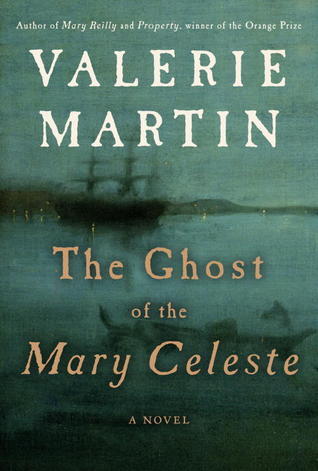
I read Valerie’s brilliant novel PROPERTY when it first came out and was hugely impressed. So I was very much looking forward to reading her latest and my word, I was in no way disappointed. In fact, it was one of the best novels I’ve read in a long, long time. It is complex, it is ambitious, it is not an easy, breezy read, yet it draws the reader in and weaves a world around you. It deals with grief, love, truth and belief, and is supported throughout by impeccable historical research into the Victorian period, Conan Doyle, shipping and spiritualists and so much more.
So, I’m thrilled that Valerie very kindly agreed to answering some questions for me and her responses are as detailed and fascinating as her novels.
[1] The ghost ship as a symbol is a powerful one, lost andlonely, doomed to wander the oceans forever. It haunts the characters as an
image of everything they have lost. It is a mystery, as is the veracity of
spiritualism and, beyond this, death itself. How did you come across the legend
of the Marie Celeste and what drew you to it as the subject for a novel?
Yes, the image of an empty ship drifting aimlessly, as the Mary Celeste was in 1872 when she was sighted by
the first mate of the salvage ship the Dei
Gratia,
seems to come out of the unconscious.
Most accounts I read of the mystery begin with the description of this
sighting, the sense the mate had, even from a distance, that something was
amiss, that this ship was unattended.
Unmanned ships cast adrift weren’t that uncommon in the 19th century,
but the reason for their abandonment was usually clear. The Mary Celeste was certainly a spooky sight, but the
mystery was why the crew wasn’t on her. The ship
was
in good condition; she was boarded, crewed, and sailed to Gibraltar for a
salvage trial that became international news.
I first read about the Mary
Celeste in
a journal called The Weekly Reader, a children’s
newspaper issued to the public schools in New Orleans. The article sketched the events, and there
was a picture of a sailing ship, which interested me because my father was a
sea captain. I spoke to him about the Mary
Celeste,
and though he had heard of it, he had nothing to add to the story. His vessel
was a huge cargo-passenger behemoth and he was not much interested in
sailing.
I didn’t think about the story for many years until by
chance – and I don’t remember where – I read a detail that surprised me: Benjamin Briggs, the captain, had his wife and two year old daughter
aboard. It wasn’t just another tale of
men lost at sea, there was a family attached, both on the ship and at home. A little research opened a door into an
unexpected world close to home. The Briggs
family hailed from Marion,
Massachusetts, a town entirely run by cantankerous sea captains, about a three
hour drive from my house in New York.
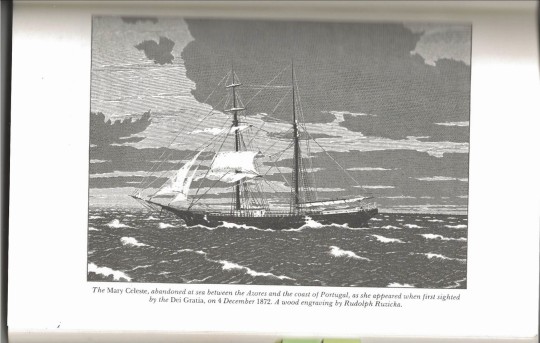
of life on board ship in the 19th century.
What aspects of your research did you find most useful in bringing this
precarious existence to life for you? And what personal connections do you have
with the sea?
I’m horrified by the sea and I think more people should
join me in this rational view. I enjoy
walking on the shore and maybe a wade to the knees, but that is it. Boats and ships terrify me: I avoid them at all costs. I have occasionally taken ferry rides that
weren’t entirely fraught with fear but for the most part every moment I spend
in a watercraft is three parts anxiety to one part wonder at finding myself
there. That opening chapter was the
result of weeks of exhausting research, trying to remember nautical terms and
get my brain around the contrariness of the terminology – lines are called
sheets and sails are shortened, made, or set, when water comes over the side,
one says “she shipped a sea.” I know nothing about sailing. The best help came,
as always, from letters and memoirs. A
lot of women went to sea and they wrote about it. Hattie Atwood’s memoir of a
trip around the world she made with her father when she was sixteen (he was the
captain) was helpful, as was THE MAKING OF A SAILOR, by Frederick Harlow, and
of course Joseph Conrad’s weird and authoritative memoir THE MIRROR OF THE
SEA. A book titled HEN FRIGATES (the term used by sailors to describe a ship
with the master’s wife or children aboard) really gave me a sense of how
claustrophobic life at sea was. I don’t
think most marriages today could stand up to the enforced intimacy of a 19th
century voyage spent with one’s husband and child in the captain’s narrow
quarters.
So I read a lot and worked very hard, wrote that opening
chapter, which describes a real disaster at sea – a sailing ship plowed into by
a steamer off the coast of Cape Fear ( Benjamin Brigg’s sister died in that
accident), and sent it to a colleague at
my college who knows a great deal about sailing and takes students out on long
voyages aboard big 19th century ships every year. He sent my pages back just covered with
corrections. I’d got about 80 percent of
the terminology dead wrong. That was
when I thought I might just give up on the project.
My lived experience was a visit to a museum ship, the Peking , which is anchored at South Street
Seaport in Manhattan, and an evening cruise in a small two-masted mail schooner
out of Key West. The crew served wine
and cheese and a sailor sang chanteys.
It was chilly, the water was a little choppy, it was obvious that if you
didn’t hold on to something you could slide right into the drink. Two hours of horror.
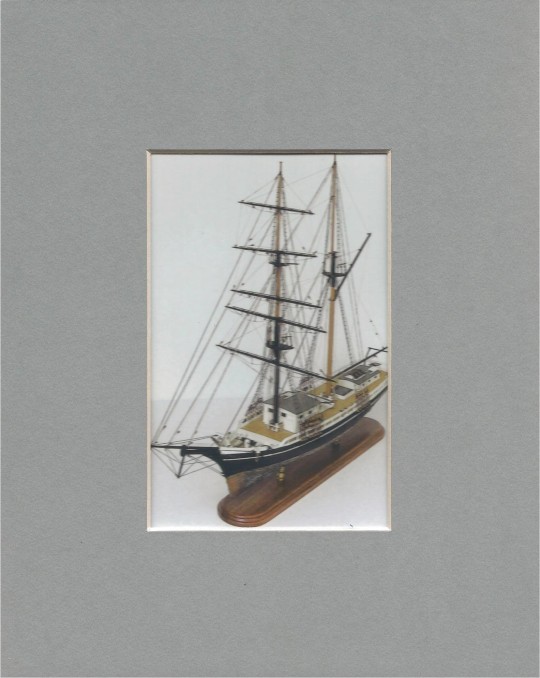
seekers of the truth e.g. Phoebe Grant, the journalist; Conan Doyle, a medical
man; even Violet Petra, the psychic is engaged ostensibly in the same pursuit.
Was that a theme you were interested in pursuing in this novel?
Ah truth. Like
beauty it exists in the eye of the beholder.
Nobody has any problem with the notion that what is beautiful to one
person is not to another, but the suggestion that truth is equally dependent on
subjective apprehension gives everyone the jitters. Truth and beauty, as the urn told John Keats,
are twins. Everyone agrees that beauty
is fleeting, why not truth? Like beauty,
truth degrades with time.
You’re right to observe that my characters are after
something they might call the truth. Phoebe Grant, a journalist, and Conan
Doyle, an eye doctor, would like to believe they can determine the truth by
looking at the facts. Violet Petra has
stumbled upon a truth that overrides all others: people will believe anything.
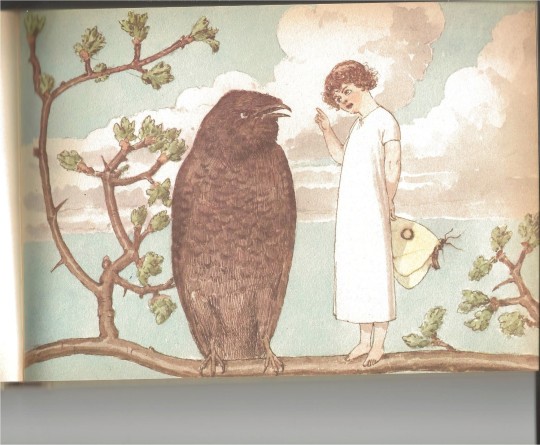
An image from Charles Doyle’s sketchbook, Arthur Conan Doyle’s father, painted whilst in the asylum.
It’s hard to say what I was pursuing in this novel. I began, like Phoebe, as something of an
innocent, curious and skeptical, hoping to give my readers a good story without
closing down on one version, as it was
clear from the start that the Mary
Celeste
has accrued a lot of barnacles over the years and also that it is not possible
to know what really happened. But the
deeper I got into the research the more insistently certain elements tangential
to the actual events clamoured to be included.
Each of the characters you mention has something to hide, a secret from
the past that they don’t want disclosed, so in a way, the truth is dangerous to
them. Phoebe is the most honest, but
she’s running from her nightmare childhood, Violet has an entirely new identity
to protect, and Conan Doyle is guarding
the secret that his incurably alcoholic and insane father was locked
away in an insane asylum for most of his adult life.
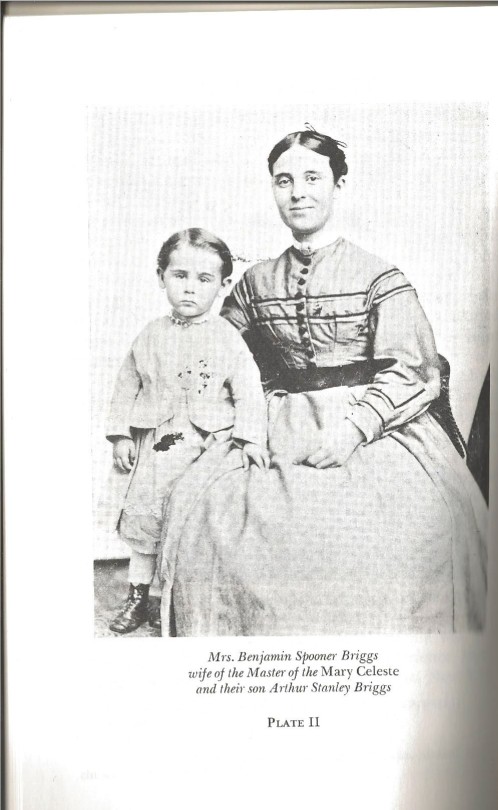
shot through with a delicious sense of humour! Love and sex scenes are so
tricky to get right – did you plan it this way or did it just come out that way
in the writing of it?
Sarah Briggs was the daughter of
a preacher, Leander Cobb, known for his thunderous orations in the “western”
style. She married her first cousin,
Benjamin Briggs, ten years her senior.
For several years when they were children the Briggs and the Cobbs all
lived in the parsonage in Marion on Buzzards Bay, so Sarah was marrying a man
who had been nearly a big brother to her most of her life. This was no
nightmare wedding night between two strangers! They were both raised by
seriously religious parents but in her letters Sarah sometimes alludes
caustically to religious matters and
Benjamin was described by all who knew him as possessing a lively sense of
humor. You can see it in his smile in this photo.
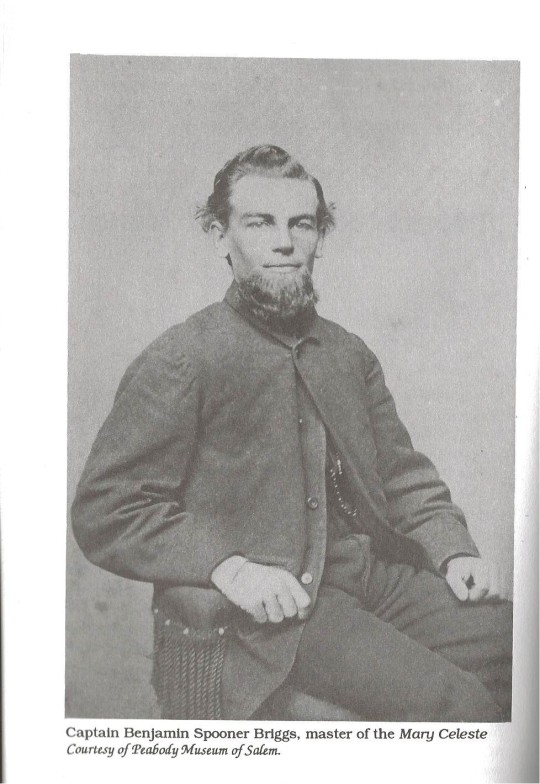
Benjamin was
teetotal and was known to read a chapter
of the bible every night of his life. I
got down my bible – a book I seldom read – and began to follow Benjamin’s practice. (Not the teetotal part). I dislike reading the bible, so this wasn’t
easy, but I persevered. Soon I began to
jot down passages that a mischievous man, thinking of his coming wedding night,
might chuckle at while reading. When I
hit “look not every man on his own things but every man also on the things of
others,” I knew that would break Sarah up.
And his whispered command as they stand at last naked and ready for
their first night together, “Let love be without dissimulation,” must surely
amuse and endear him to her forever.
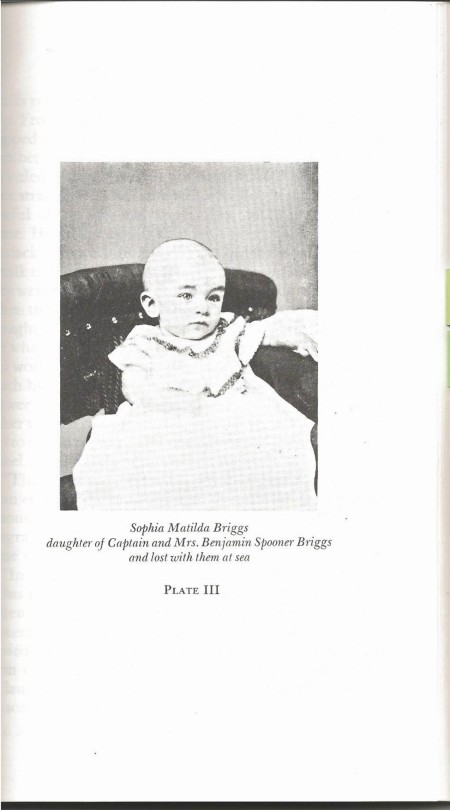
beautiful; for example, “I made out the train, like a drop of ink spreading on
a page, far down the track.” Do you pause in the progress of your writing to
work on poetry like this or is it generally something that comes later, in the
editing stage? How does your drafting process work.
I’m a plodder and a pauser. I write by hand and try never to leave blanks
that I plan to get back to. 250 to 500 words a day is a good pace for me. I consider myself very poor at metaphors but
sometimes they come to me with not much effort; the one you site is one of
those. I stop and think “what is it
like?” over and over, get up, walk
around, get another cup of tea, consult a thesaurus, draw a picture of whatever
it is in the margin, discard the many tired images that arise – It’s like a
gathering cloud, it’s like a black horse moving fast, it’s like an explosion of
ants – until something decent comes along.
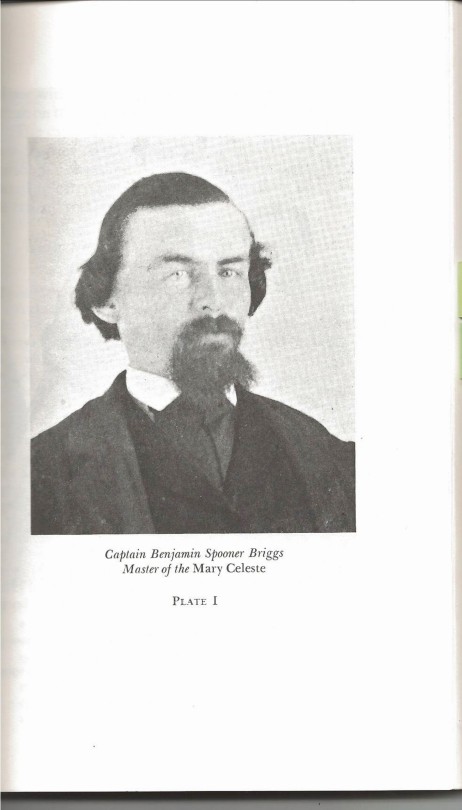
her from a range of other points of view, as well as her own, which really
deepens our understanding of her. She has such a fascinating, scene-stealing
presence in the novel, were you ever tempted to make her the narrator and
centre of the story from the beginning?
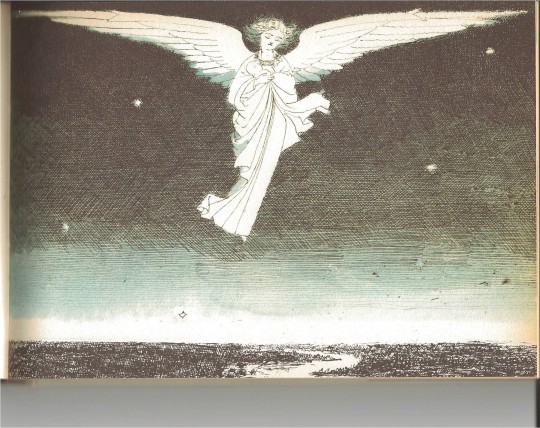
Another image from Charles Doyle’s sketchbook.
I didn’t intend for her to have any part at all in the
story at the outset. To some extent
Violet is a character required by research. Every book I read about the Mary Celeste contained
a section about Arthur Conan Doyle’s short story “The
Testament of J. Habakuk Jephson” in which the narrator purports to solve the
mystery of the ghost ship. This story,
which you can read here
http://www.readbookonline.net/readOnLine/2665/-
is a colonialist fantasy of the most
deplorable order and sets forth as fact some complete falsehoods, such as that there
were passengers on the ship and that some of the sailors were black men.
Doyle was a young writer trying to sell his
stories and he hit upon the famous mystery as a way to make his mark. This was before Sherlock Holmes entered and
overtook his brain and his life.
Dig just beneath the surface in
Doyle’s biography and you will discover that he was an avid Spiritualist who
spoke to his dead son every day (a son who had disliked his father’s mania for
seances), and gave over writing in his last years in favor of endless
proselytizing, lectures, and seances, bringing what he believed was the last
great religion to the skeptical and the unenlightened all over the world.
Before I commenced my pursuit of Conan Doyle, I had no idea
how wide the net the Spiritualist movement cast over 19th century actually was
and how tangled in it various literary
and political figures in American and Europe became. Wealthy families consulted mediums regularly
and as these were often young women with no fortune and nothing to offer but
their ability to communicate with dead people,
it wasn’t unusual for them to be invited to live with their
benefactors. Another pastime wealthy men
of science enjoyed was forming groups dedicated to exposing the mediums as
frauds. Conan Doyle at first posed as a
skeptic but he was ludicrously credulous and impressionable. It was rare for him to meet a clairvoyant he
didn’t entirely trust.
When I realized that I wanted Sarah’s younger sister, who
first appeared to me as a rebellious romantic, to actually become a famous
medium my heart sank. I have no patience
for that sort of thing. The whole
business is repellent and I assume most mediums were frauds who took advantage
of other people’s grief. Violet took me
a bit by surprise, with her sharp sense of humor and her apprehension of the
impossible situation she has gotten herself into by indulging in girlish
fantasies about herself. The older she gets, the more she perceives the exact
dimensions of the cage she has walked into. I originally didn’t intend ever to
go into her consciousness, nor did I realize she’d had a sad little affair in
her past until she got on the ship to England.
I always yawn when writers talk about how their characters
surprise them, but not because I don’t know what they’re talking about. Violet is loosely modeled on a student I once
had, a very pert, smart, sharp, dark little person who always listened to me
with an expression of mild skepticism and amusement. When I gave her good advice she would say,
with a tilt of her head, “that’s very interesting, Valerie.” To some extent the surprise comes from just
how much a character’s motives and decisions are ultimately predicated on what
might best be described as a manner.
range of viewpoints in this narrative seemed to me a deliberate choice, almost
as if the reader were a psychic surrounded by spirits, listening to their
voices! Did this play any part in your planning or was it more of a
subconscious choice?
The novel began with the usual struggle to find an angle, a moment in
time, a voice assured enough to draw the reader into the world of the
story. I made false starts: a first person
voice, a diary, a third person omniscient know-all-god-of-all-from-whom-nothing-is-or-can-be-hidden
voice, a straightforward, straight-talking third person acquainted with the
facts and recalling them from a safe and distant vantage voice, a close third
person voice that appears to be thinking aloud.
I had stacks of handwritten pages all over the table, each a different
section with a different voice. I’ve
never done that before, so I was extremely anxious. But there was nothing to do but keep
generating voices and see if they didn’t start to converge, which is what
happened. Chronology was another problem
I won’t go into.
For the last of the four years I worked on this novel, I
heard voices myself. I would wake in the
night and hear people talking. I
couldn’t make out a word they were saying.
I wasn’t even sure what language they were speaking. At first I thought it was a radio, the
neighbors, a hum in the walls. I got up
and walked around the house trying to find the source of the voices. After a while I gave up and went to
sleep. But often I woke, noted that I
could hear people talking, distantly, softly, monotonously. I ignored it and went back to sleep.
The day I finished the novel these
night-time voices stopped.
So the answer to your final question is definitely yes, the
mosaic of voices crossing and interrupting and distracting one another in this
novel was not something I planned. It
was clearly, as you suggest, a pressing
and irresistible subconscious choice.
A huge thanks to Valerie Martin for such interesting answers and for giving us a privileged insight into her writing process. Thanks also for the fascinating images, which were all provided by Valerie herself.
THE GHOST OF THE MARY CELESTE is out now in paperback from Weidenfeld and Nicolson.
You can find Valerie online here: